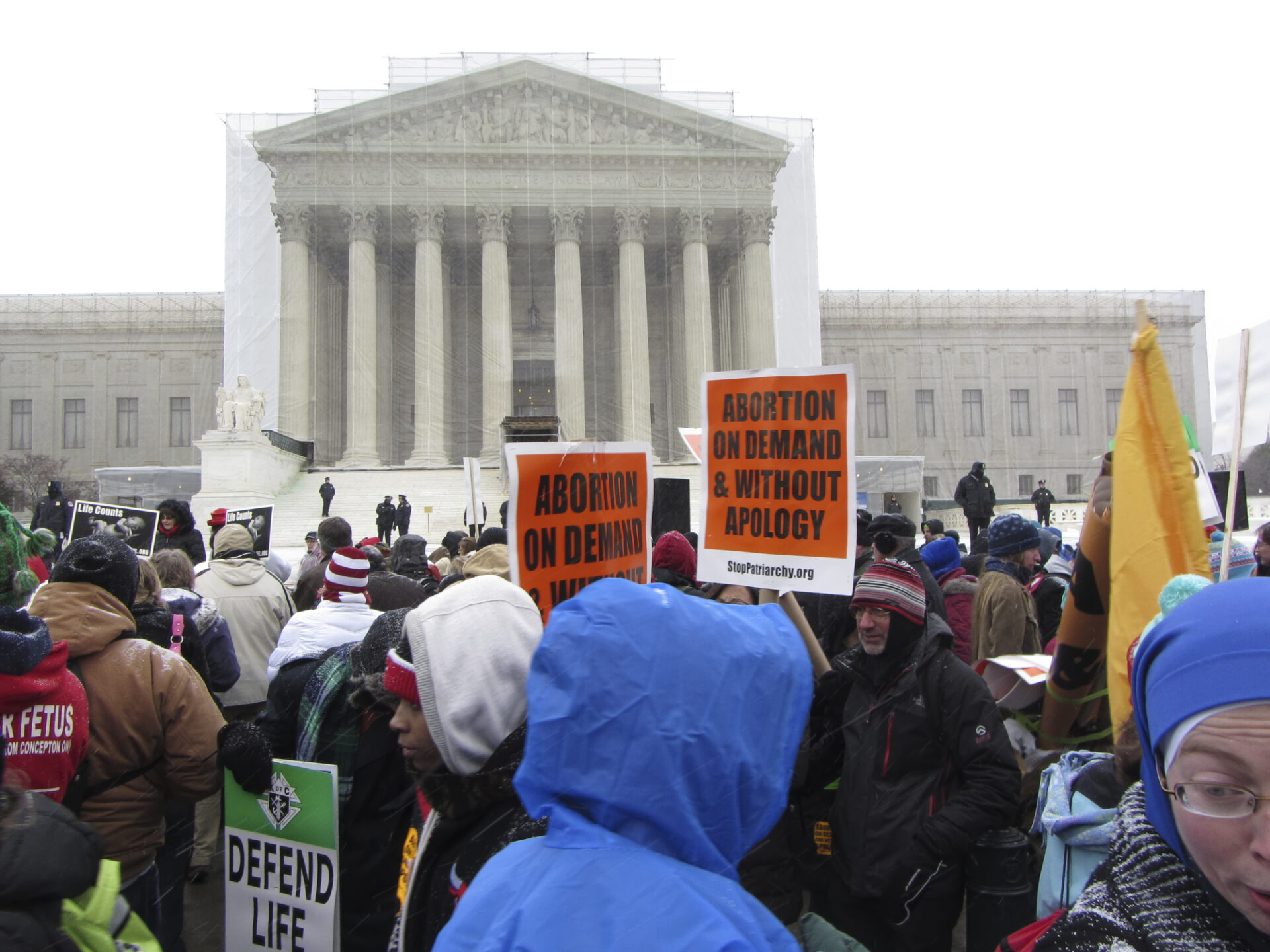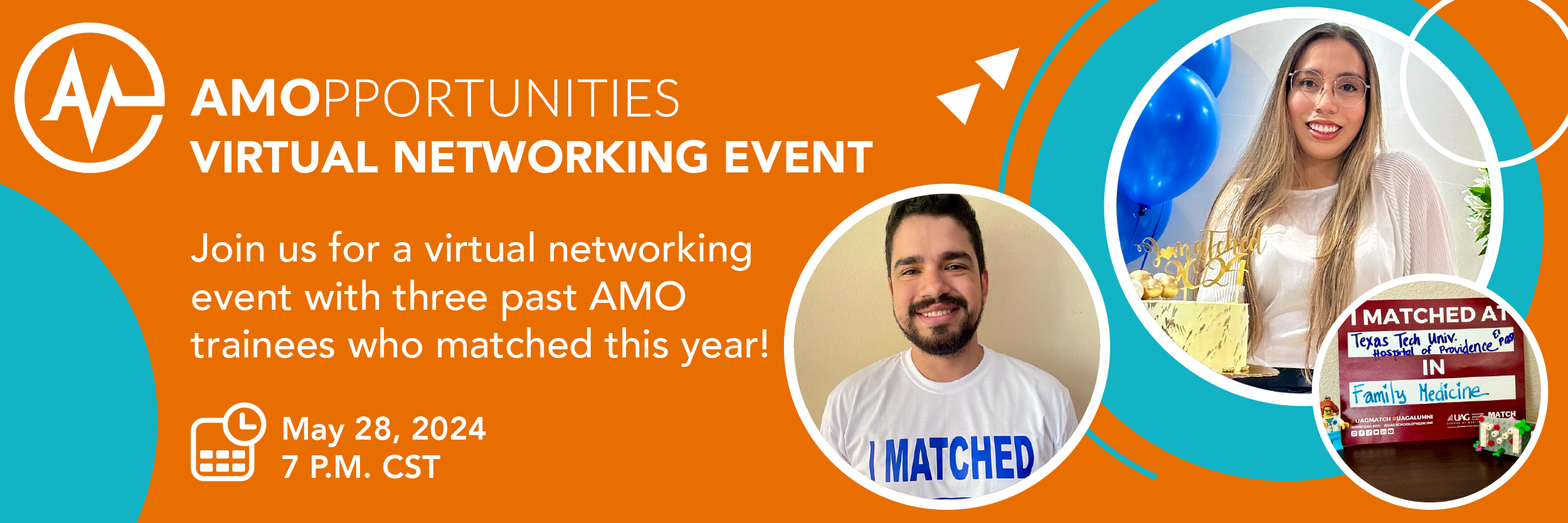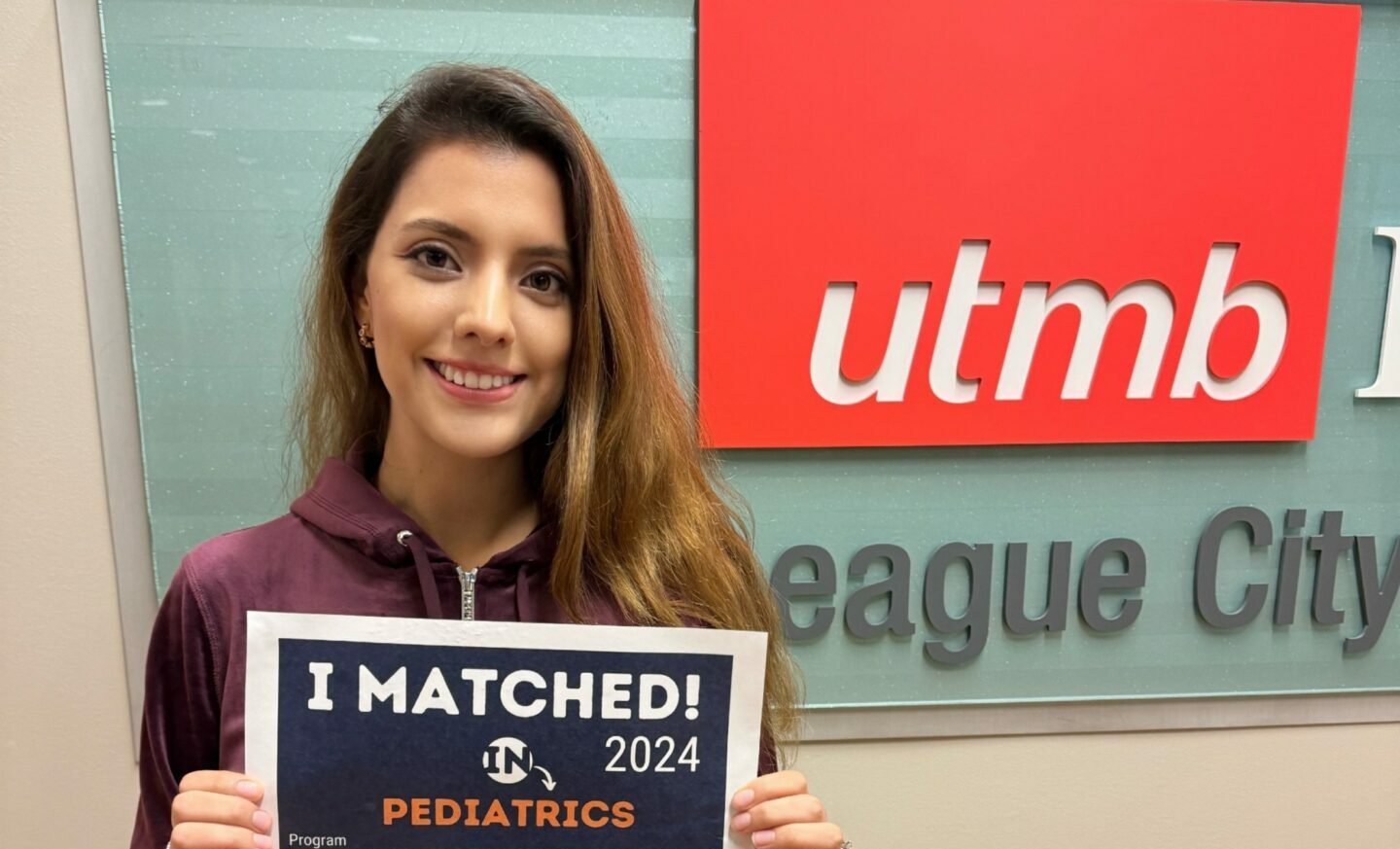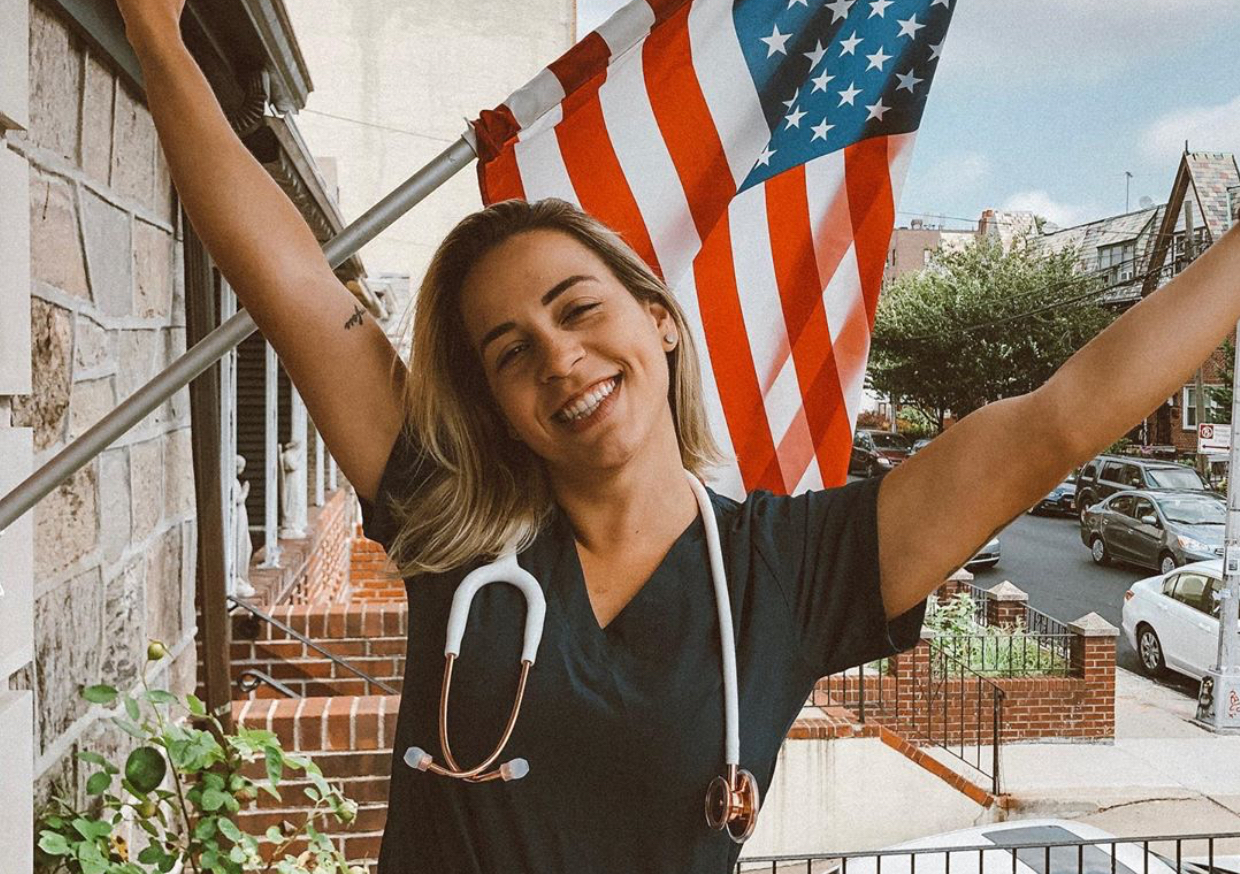The U.S. Supreme Court’s decision in Dobbs v. Jackson has created a post-Roe landscape where abortion access is now determined by states and abortion training is in jeopardy. This has created a landscape of uncertainty across the country for those needing abortion care. In 26 states, abortion care is now illegal, soon to be illegal, or state laws are unclear. The decision to shift the U.S. into a post-Roe era will have an immediate impact on how healthcare is provided, but it will also have longer-term consequences.
In the 24 states where access to abortion care is still legal, demand will likely rise as governors pass laws protecting those who travel from out of state to access care. This will also likely increase the demand for physicians in those states who are trained in providing abortion care. However, as clinics close following the Dobbs decision, training physicians becomes more difficult.
Programs in a bind
Even before Roe was overturned, it was difficult to train medical students in abortion care. This was especially true in rural states, where abortion clinics were few and far between. For example, students at Louisiana State University New Orleans had to travel four hours to Shreveport to access the Hope Clinic–Lousiana’s only abortion clinic that allowed training.
With abortion now outlawed in Louisiana, the Hope Clinic has shuttered its doors, leaving OBGYN residents and program administrators without a clear path forward. This problem is not specific to Louisiana. An April study from the University of California, San Francisco and UCLA found that nearly half of OBGYN residency programs are located in states certain or likely to ban abortion care. According to the study, the number of OBGYN residents with access to abortion training would fall from 92 percent to 56 percent.
This leaves programs in abortion-ban states facing the challenge of recruiting students. Just last week, students at the University of Michigan’s white coat ceremony walked out when the keynote speaker made openly anti-abortion statements. Students’ willingness to push back against anti-abortion policies likely won’t stop there. As the federal abortion ban persists, medical students and residents–especially OBGYNs–will be forced to choose between programs in states where abortion training is available and programs in states where it is not.
So, then, what does abortion training look like in a post-Roe United States?
That’s a difficult question to answer. And it may not yet have a clear answer.
However, we do know that more than a third of medical trainees return to work at their training hospital. If medical residents, especially OBGYN residents, begin choosing programs in states where abortion care and training are available, a new gulf in reproductive health could emerge.
The longer the federal abortion ban persists, medical programs in states where abortions are not legal will have to find ways to revamp the way abortion care is taught and learned. This will be an important step to continue recruiting OBGYN students and medical students who support comprehensive reproductive health. However, it is also vital for combating a reproductive health gap should the federal abortion ban be overturned.






